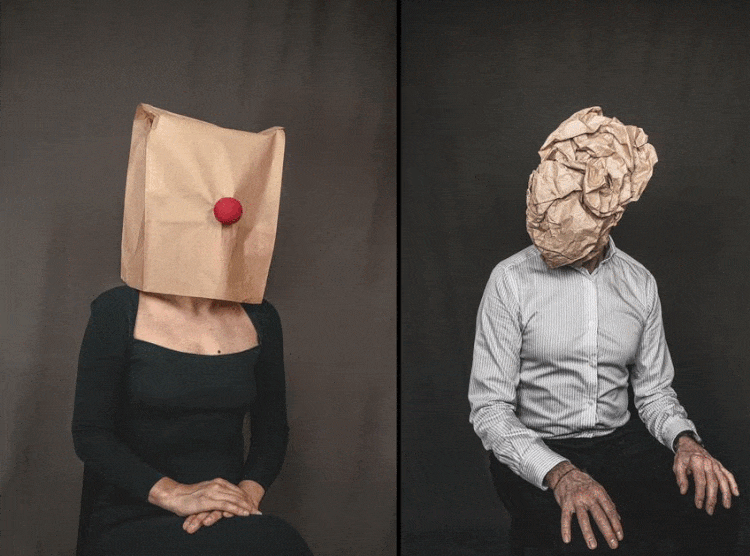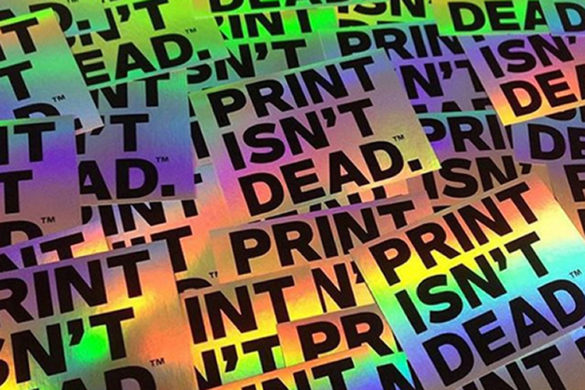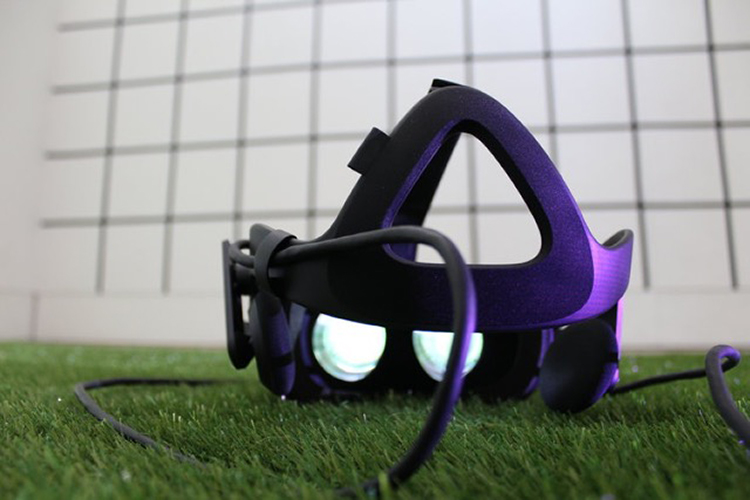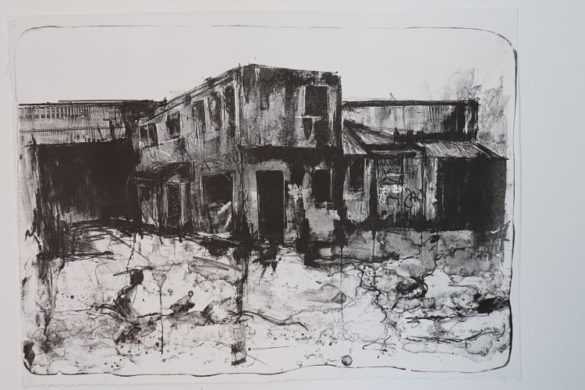As with pretty much everything else we used to experience IRL, the current work in progress show from the Royal College of Art in London was forced to move online as a digital platform for the first time. But rather than see that as a problematic measure, the students and their tutors have framed the new mode of exhibiting as an exercise in the adaptability and innovation that RCA courses hold dear. “An RCA degree questions established narratives – this has never been more relevant – and has been a prominent feature of our studio (whether at-home or on-campus) and online delivery,” says the institution.
Earlier this year, the WiP 2020 works were accompanied by a programme of digital events such as talks and workshops. The identity for the exhibition was designed by RCA students Amir Saidani and Camille Le Flem, who are both studying on the MA Visual Communication course. The identity was based around “ribbons” that “reveal student voices and languages to reflect the diversity and internationalism of the RCA,” says the college. There’s a wealth of great work on the platform, and here, we pick just a snippet of the students that caught our eye.
Lulu He, Visual Communication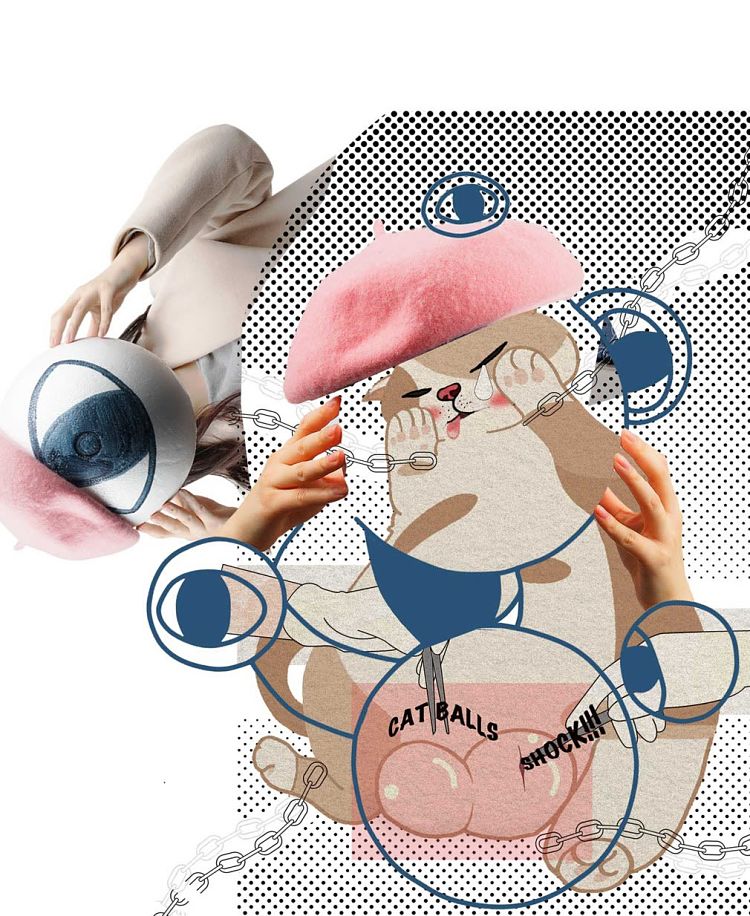 Lulu He had studied interior design in China and graphic design at US-based college SCAD before joining her RCA’s visual communications course, and says that one of her biggest inspirations is strange, fantastical creatures like aliens and zombies.
Lulu He had studied interior design in China and graphic design at US-based college SCAD before joining her RCA’s visual communications course, and says that one of her biggest inspirations is strange, fantastical creatures like aliens and zombies.
“During Covid-19, my life and study changed dramatically,” she says. “My body lives in the room, and my soul seems to live in the online world.” This way of life inspired her recent works: “I recorded my life in an abstract way,” she explains. “I think this kind of life is like a paper man living in a two-dimensional space. When I accepted this kind of life, I felt great. This experience made me think about the alienated lifestyle that the online world brings to people.”
These concerns led her to create the moving image piece Window and an accompanying series of animated posters. The video uses recordings of scenes both in her home during isolation, and outside, as seen through her window. “I think that the connection with the outside world through the window is very weak. The window is like an electronic screen,” she says. “I use bright colours to express the excitement of the world outside the window, and gray shadows to express the life inside the window. The gray represents the monotony and loneliness of life, but the gray shadows have a lot of shapes. We live in isolation at home but our consciousness lives in an interesting online world.”
Linyan Hu, Menswear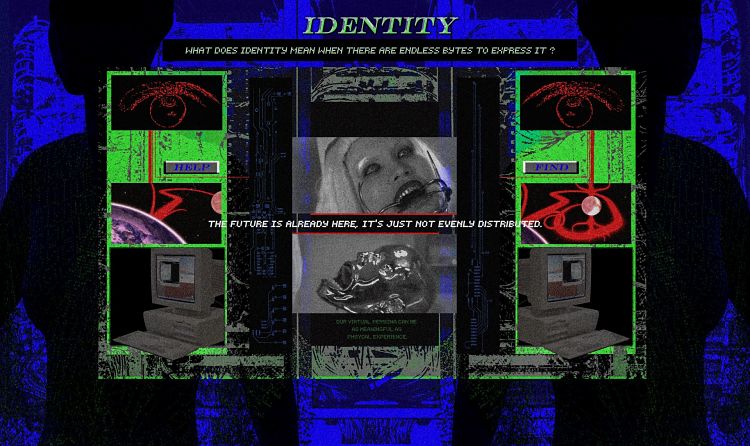 Also from China, Linyan Hu is a fashion designer and 3D visual artist currently working with digital media and motion graphics to create computer-generated narratives with the language of fashion, video games and other virtual experiences. “My practice explores themes around the human experiences of virtual space, not only as of the non-physical representations but of the potential of emotional experiences beyond the material environment,” she says.
Also from China, Linyan Hu is a fashion designer and 3D visual artist currently working with digital media and motion graphics to create computer-generated narratives with the language of fashion, video games and other virtual experiences. “My practice explores themes around the human experiences of virtual space, not only as of the non-physical representations but of the potential of emotional experiences beyond the material environment,” she says.
“For me and many others, virtual space is like a mind palace that can hide anxieties and misfortunes, not just temporally. All kinds of unique experiences are shaping the virtual world and I think that can be as meaningful as real life.”
Mafer Lopez, Animation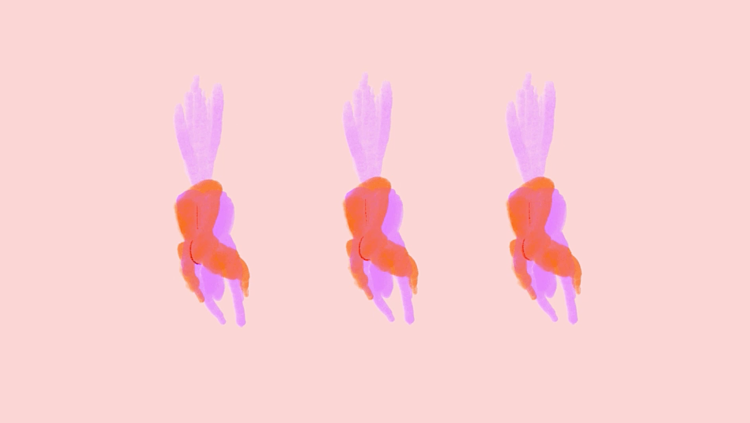 Illustrator and animation student Mafer Lopez was born and raised in Mexico City, and her work is strongly influenced by the politics of gender, race, and feminism within the context of the Mexican context she was brought up in.
Illustrator and animation student Mafer Lopez was born and raised in Mexico City, and her work is strongly influenced by the politics of gender, race, and feminism within the context of the Mexican context she was brought up in.
During her time at RCA, she says her practice as an animator has become “clearer and more intimate,” with her work mainly focusing on autobiographical portrayals of childhood trauma.
“Animating the unspeakable feels like finally setting it on fire and watching it burn,” she says. Her piece Untitled (for now), for instance, explores the discovery of our own bodies and sexualities. “The film is also about a little girl wanting to grow up, playing dress-up in the role of a woman, performing gender and what she understands to be sex,” says Lopez.
Liner Shen, Fashion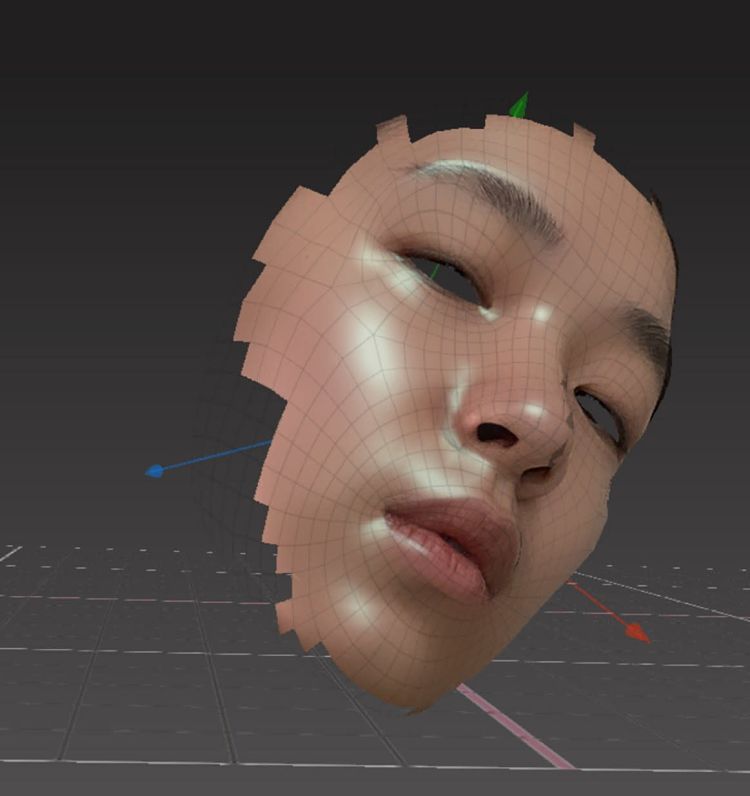 Based between London and Shenzhen, RCA Fashion student Liner Shen dubs her practice “humanswear designer”. Her work is influenced by divergent forces: Zen beliefs, and the potential of technology. “We all live in such a dynamic and complex universe,” she says, and as such, her work searches for the “fulcrum of balance” within these complexities.
Based between London and Shenzhen, RCA Fashion student Liner Shen dubs her practice “humanswear designer”. Her work is influenced by divergent forces: Zen beliefs, and the potential of technology. “We all live in such a dynamic and complex universe,” she says, and as such, her work searches for the “fulcrum of balance” within these complexities.
Her project「TIAN XUAN DI HUANG」-「BARAKA」explores the role of disposable clothing, thermal sensitive materials and printing using GAN (Generative Adversarial Networks). It aims to discuss the possibilities and limits of man-machine integration and technology in fashion. The title is derived from an ancient Chinese literature piece, called “Thousand Characters classic”, which “describes the chaotic state of everything in the world, the evolution of the earth and human, and the relationship between human and the environment,” she explains.
Such issues have been a far greater focus to her since the pandemic, which have brought the power of natural forces we have very little clue about (pangolins, viruses, the terrifying speed at which literally the entire world can catch respiratory diseases) and our reliance of technology to replace physical, personal contact.
Rocco Punghelli, Visual Communication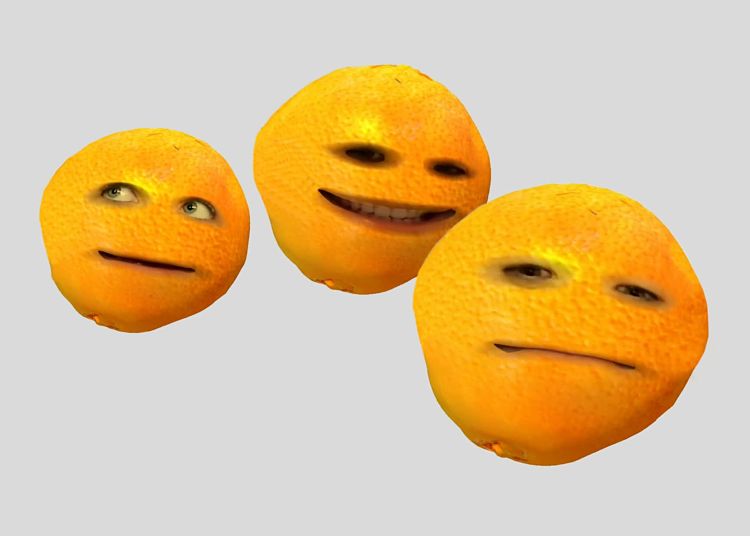 Rocco Punghelli is a graphic designer who studied his BA in graphic design at Politecnico di Milano in his native Italy. “I come from the sense of confusion and disaffection generated by detaching myself from my practice, and I move towards making myself one with it,” he says. “In this mental space, the act of living is an unconscious, multi-layered, contradictory, and always-in-progress performance that drives you with its endless flow of conflicts and encounters. Here, the body returns to be the entry point and the main medium through which communicating with others.”
Rocco Punghelli is a graphic designer who studied his BA in graphic design at Politecnico di Milano in his native Italy. “I come from the sense of confusion and disaffection generated by detaching myself from my practice, and I move towards making myself one with it,” he says. “In this mental space, the act of living is an unconscious, multi-layered, contradictory, and always-in-progress performance that drives you with its endless flow of conflicts and encounters. Here, the body returns to be the entry point and the main medium through which communicating with others.”
In response to this, his project ReliaRocco™ was created as a web service to “quantify” his own “reliability”. The work, he says, “simply exists as an act of care and reflection towards the self, as a tool of survival.” The conceptual service is designed to be a “deeply customised”, free and “human-oriented” means for its users to ask for support about any issue at all through its 24 hour messenger service, and the designer will do his best to discuss and solve their issue.
- Autobahn - November 26, 2021
- Alphabetical - November 12, 2021
- SOFA Universe - November 8, 2021

